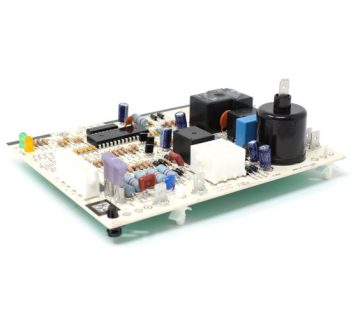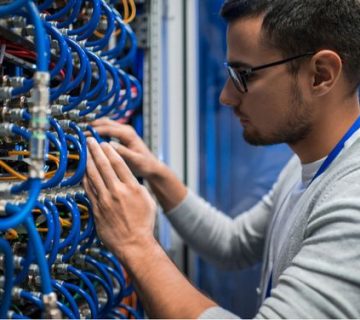Have you ever wondered how people kept their food and drinks cold before the invention of modern refrigerators? Or how the technology of cooling has advanced over the centuries to provide us with more comfort and convenience? In this blog post, we will explore the history of cooling systems, from the ancient methods of using ice and evaporation to the latest innovations of smart refrigerators that can connect to the internet and offer a range of features.
The earliest evidence of cooling technology dates back to almost 2,000 years ago in China, where people used rotary fans that were manually powered to create a breeze. Later, in 3rd century Rome, an ingenious system was developed to import ice from the mountains by donkey trains and use it to cool the gardens of the emperor. In ancient Egypt and Persia, people also used evaporation to lower the temperature of their buildings. They would hang wet mats or curtains over the windows or doors, or fill pots with water and place them on the roofs. As the water evaporated, it would cool the air inside.
The first attempt to create a mechanical cooling system was made by Dr. John Gorrie, a Florida doctor and inventor, in the 1840s. He designed a machine that could create ice using a compressor powered by horse, water, wind-driven sails, or steam. He successfully demonstrated his ice-making machine in 1848 and received a patent for it in 1851. However, his invention was not commercially successful, as it was expensive and unreliable.
The breakthrough in refrigeration technology came in 1876 when a German engineer named Carl von Linde developed a process of liquefying gases that could be used for cooling. He used ammonia as the refrigerant, which could absorb heat from the surroundings and release it when compressed. He later improved his design by using a continuous cycle of evaporation and compression, which made it more efficient and stable. His invention paved the way for the development of refrigerators for domestic and industrial use.
The first electric refrigerator for home use was invented by Alfred Mellowes in 1916. He used a small electric motor to power a compressor that circulated sulfur dioxide as the refrigerant. His refrigerator was able to keep food fresh for longer than iceboxes, which were common at that time. However, his refrigerator was also bulky, noisy, and expensive. It was not until 1927 that General Electric introduced a more compact and affordable refrigerator that used Freon as the refrigerant.
The popularity of refrigerators increased rapidly in the following decades, as they became more accessible and efficient. By 1950, more than 80% of American households owned a refrigerator. Refrigerators also became more sophisticated and versatile, with features such as automatic defrosting, temperature control, ice makers, and water dispensers.
The most recent innovation in cooling technology is the smart refrigerator, which is connected to the internet and offers a range of features that go beyond keeping food cold. Smart refrigerators typically have a touchscreen interface that allows users to perform various functions, such as creating grocery lists, looking up recipes, leaving messages, watching videos, and controlling other smart devices. Some smart refrigerators also have internal cameras that let users see what’s inside without opening the door, or even remotely from their smartphones. Some smart refrigerators can also adjust the temperature according to the type and quantity of food stored, or alert users when food is about to expire or when the water filter needs to be changed.
Smart refrigerators are not only convenient and fun, but they can also help users save energy and reduce food waste. According to some estimates, smart refrigerators can reduce energy consumption by up to 15% and food waste by up to 30%. However, smart refrigerators are also more expensive than conventional refrigerators, and they may pose some security and privacy risks due to their connectivity.
As you can see, cooling systems have evolved significantly over time, from simple methods of using ice and evaporation to complex devices that use electricity and the Internet. Cooling systems have not only improved our quality of life by preserving our food and drinks, but they have also enabled us to enjoy more comfort and convenience in our homes. Who knows what the future of cooling technology will bring? Maybe one day we will have refrigerators that can order groceries for us automatically or even cook our meals for us!





No comment